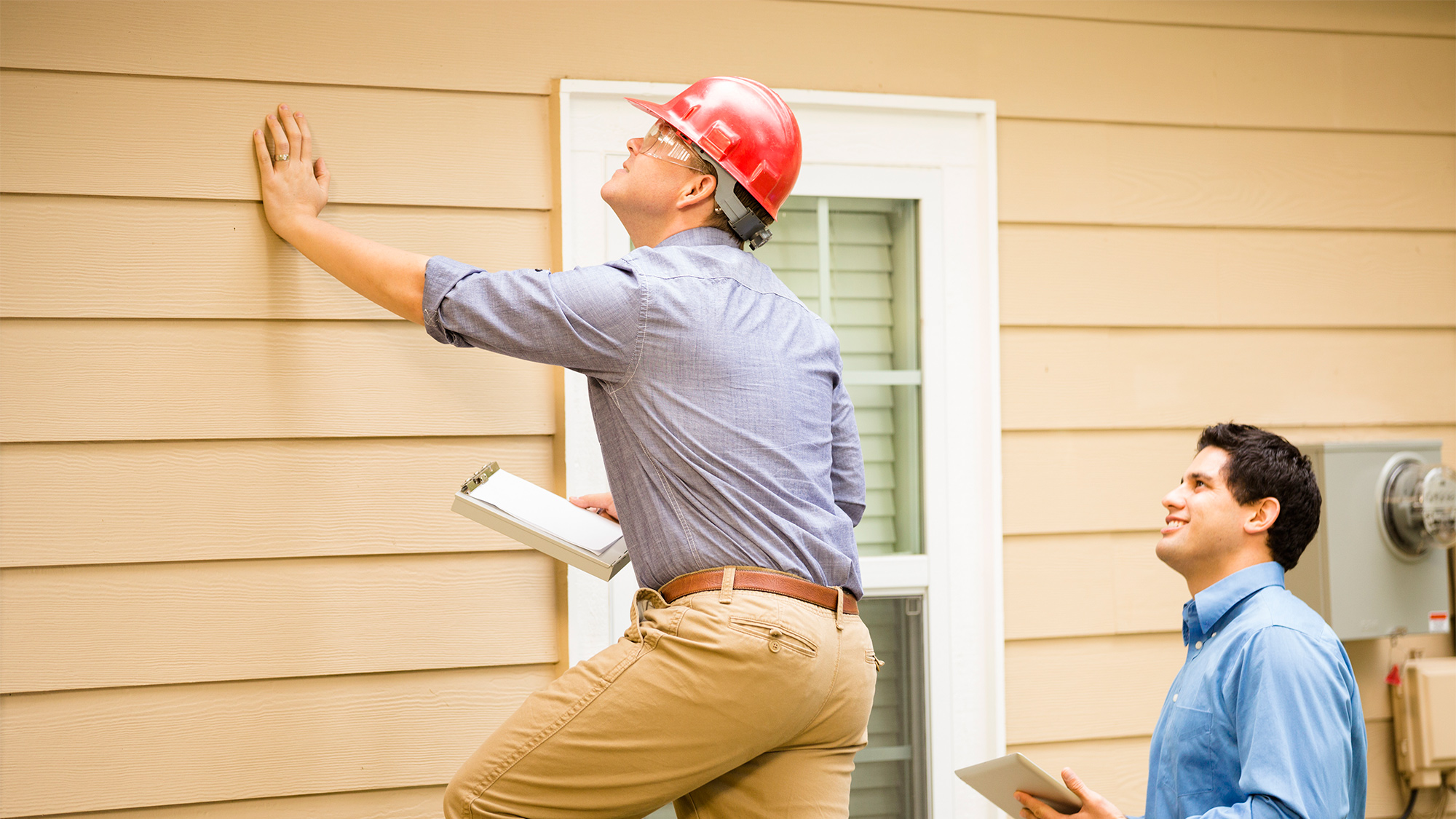So You Want to Buy a House? Step 8: Ace the Inspection
 A home inspection can be a terrifying process to newbie buyers: What if the house you adore has major problems hiding beneath that shiny new coat of paint? If you lie awake haunted by visions of mold or “foundation issues,” it’s time to take a deep breath. This installment of our weekly 2016 Home-Buying Guide illuminates everything you need to know about home inspections, and how (as scary as they might seem) they exist to protect you from a very bad deal.
A home inspection can be a terrifying process to newbie buyers: What if the house you adore has major problems hiding beneath that shiny new coat of paint? If you lie awake haunted by visions of mold or “foundation issues,” it’s time to take a deep breath. This installment of our weekly 2016 Home-Buying Guide illuminates everything you need to know about home inspections, and how (as scary as they might seem) they exist to protect you from a very bad deal.
Here are some insights into how to make the most of this all-important step. OK, exhale.
Hire a top-notch inspector
While it may be tempting to hire any run-of-the-mill home inspector to get the job done—particularly if the price is right—the inspection is no time to cut corners. After all, buying a home is an enormous investment. “Everyone does themselves a disservice when they shop by price alone,” says Alan Singer of Sterling Home Inspections in Armonk, NY. “Plenty of inspectors don’t know what they’re doing and set up shop because it’s easy to do.”
So, first, check your local requirements: Many states require an inspector to have a license or insurance, and not having either is a big, waving red flag. Even if insurance is not mandated, you’re better off choosing an inspector who is insured, which protects both of you against errors and omissions. Membership in a professional trade organization, such as the National Association of Home Inspectors, indicate the inspector is up-to-date on the latest developments in the field—another giant plus.
Attend the inspection
So, don’t be afraid to ask questions. Really stick your nose into the inspection. You and your inspector will be looking at all sorts of things you might have skipped during your showings, like the attic and crawl space, and under the sinks. Don’t be scared to delve into the details. Even the best home will receive a laundry list of to-do’s and potential problems, and fixing them will be much easier with a hands-on understanding of the issues involved. Consider it free (and invaluable) fix-it advice.
Don’t panic (until it’s time to panic)
The vast majority of issues raised during an inspection are reparable—after all, as Singer describes it, you’re buying a “used home.” Just like a used car or an old computer or second-hand clothing, there are bound to be problems. Some of them may be small and easily fixed, like leaky pipes and rattling doorknobs. But if an inspector discovers a major problem—with, say, the foundation or water intrusion—even that may not be a deal killer. In fact, it could be a bargaining chip you can discuss with the sellers before closing the deal.
Work with your real estate attorney and agent to determine the best approach. If your offer was contingent on a successful inspection (and most are), you have a good basis to request that the current owners make repairs before closing. You’ll want to get this in writing, along with provisions if the sellers fail to fix the problems.
But there’s no obligation for sellers to address the inspector’s discoveries. If they aren’t willing to shoulder the burden, you need to assess whether the cost of a new roof—or mold abatement, or fixing the foundation, or whatever the problem is—is worth the reward. With no solution beyond paying $30,000 from your own pocket, you might need to move on to a more habitable home. “People get very invested in the home they want to buy, and it all becomes a very overwhelmingly emotional experience,” Singer says. “But they need to listen to the advice of the inspector, take a look at the financial ramifications, and make a clear-headed decision.”
Hopefully, all will go well and your inspector will say it’s fine to move in. At that point, most homeowners move on to an even more intimidating step: Locking in the terms of their home loan. Stayed tuned for that installment of our Home-Buying Guide next week.
